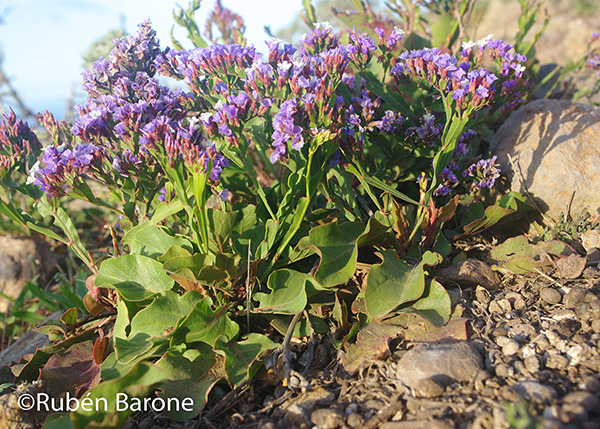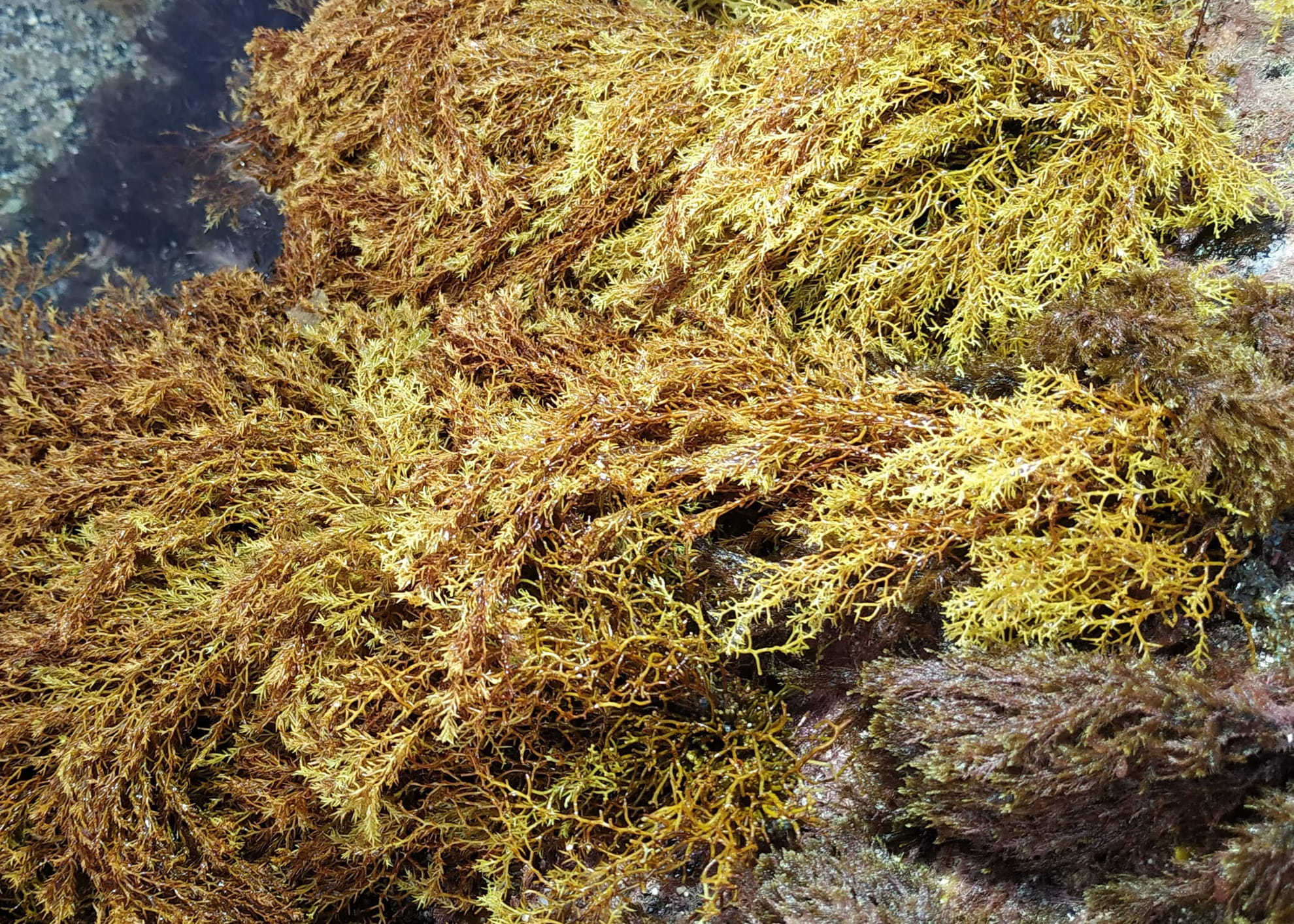Integrated in the Canarian archipelago and located between the central (Gran Canaria and Tenerife) and western (La Palma and El Hierro) group of islands, La Gomera island has an area of ca. 400 km2, a highest elevation of 1489 m (Alto de Garajonay), is about 11 M years old and has a population of ca. 20.000 inhabitants.
Lacking of recent volcanic activity, La Gomera´s orography is very complex, including volcanic domes (Agando, Zarcita, Ojila, Cano, etc.), huge ravines and, especially, a central plateau from which a radial net of ravines cross the whole island. The northern, windward slope is steeper than the southern, leeward one. This complex orography has indirectly created the conditions for a very well conservation status of its ecosystems and biota.

Although the island counts with the presence of few Canarian pine populations (Roques de Garabato and Imada), the present elevation of the island precludes the existence of a pine forest. Nonetheless, the plateau is occupied by a laurel forest in an exceptional conservation status (probably together with Madeira’s one the best preserved of the Macaronesia), which constitutes the National Park of Garajonay.This is the most recently declared (1981) of the four Canarian National Parks, and that was as well awarded with the UNESCO world heritage declaration in 1986.
Below the laurel forest, at both slopes, the best preserved thermophilous woodlands of the archipelago can be found. Here the Juniper (Juniperus turbinata ssp. canariensis) dominated vegetation (sabinares) rule, being especially noteworthy those of Vallehermoso and Tamargada. Besides those sabinares, La Gomera palm groves, characterized by the dominance of the endemic Canarian palm (Phoenix canariensis) , splash all the ravines, forming a very singular landscape. Many of these palms have been sustainable exploited for the production of palm sap (locally known as guarapo) and the product of its cooking, the splendid palm honey, constituting besides the almogrote and the Gomeran cookies, the biggest culinary treasure of the island.


